How Bright Artist Joshua Heinsz Finds Power in the Color Pink
last updated 03 May 2016
Raised on fairytales and cartoons, Joshua has a love for bright and whimsical imagery, his work combines a flair for the fantastical and an air of nostalgia. He received his BFA from the Savannah College of Art and Design where he was the two-term president of a social sorority. He then went on to receive his MFA in Illustration Practice at the Maryland Institute College of Art. Currently residing in Chicago, IL, Joshua spends his time between illustrating, daylighting as a college professor and a fitness instructor, and avoiding the cold. He joined Bright earlier in 2016 and has been honing his portfolio since.

How does embracing pink, which is often associated with the “traditional” feminine role, play into your message of breaking the mold and incorporating all facets of femininity (both for girls who absolutely adore pink and those who show their girl power in other ways)?
I think some—maybe even a lot of people are quick to say that it is important to step away from the color pink in order to break the mold of traditional femininity and empower girls, but for me it’s more about putting power into the color. My favorite movie of all time is “Legally Blonde,” and I think the message of that film is exactly what I’d like to convey. Here you have a character, Elle, who is almost the living embodiment of the color pink and girlishness, and everyone around her is constantly treating her less-than and underestimating her for it—men and women alike!

There are so many great approaches to empowering women. What does “girl power” mean to you and how do you convey your interpretation through your work?

…and loving those parts of yourself and in others. Girl power is different for everyone, and one of the messages I want to convey is that no one is less than because of the aesthetic they find themselves drawn to or empowered by. In my work, that means utilizing traditionally feminine sensibilities in the designs of fun and bold characters and motifs, regardless of gender. I want to show that wearing pink and embracing your girly side doesn’t just mean princess gowns and tea parties (though of course I love those too!) but it’s also for adventurers and butt kickers and being silly, and really just anything anyone wants it to be.
The girls in your illustrations are fun and fearless—doing everything from riding tigers to exploring outer space. How do you use these characters to tell a story about finding strength and power in the feminine?

Thank you! For me, it’s really about depicting girls as heroes of their own story, and truthfully a lot of it is projection and trying to create the type of stories I would have liked for my younger self to have seen.

Then I consider how I can use those experiences in my work. Sometimes they’re powerful. Sometimes they are just silly and fun, which I think is the most common thread for me because I like to keep things very positive and light. I love for my stories to feel like a wonderfully refreshing dream you may have just had.
Did you always have a desire to convey a social message of empowerment through your storytelling?
I think it’s something I’m stepping into a lot more as I get older and more confident in my voice as both a person and a storyteller. The notion was always kind of there; I’ve already been conveying the message in other aspects of my life, but it’s just really starting to really sink into my work and the stories I’m trying to tell. Now that I’ve become more cognizant of it, I’m really excited to explore it more intently within my work and the stories I’m crafting.
You’ve mentioned that your favorite 80s cartoons helped mold your current style and voice. How did media and entertainment influence the course of your work today? Any great shows you’re currently inspired by?

Oh yeah! I grew up drawing from animation very young. My early childhood was filled with some of the 80s kids classics like Care Bears, Rainbow Brite, Jem, etc. I really love the bright, poppy colors of that time. As I grew a little older, I was raised with the early days of Cartoon Network and Nickelodeon, which had some great original content, but I also thrived on the fantastic designs of old Hanna Barbera studios. The most defining show for me by far though was Sailor Moon, which I first saw at around six or seven years old. There’s so much—from the messages of the show to the tropes and visuals—that stick with me to this day. Of course, I also love and grew up with Disney and Studio Ghibli.
I was actually originally an animation major in my undergraduate experience. With 2-D on the way out, among other reasons, I switched my major to my then-minor, illustration. Animation continues to be a driving inspiration for my work, though, in storytelling and aesthetic.
Currently, I’m really loving Steven Universe. I think a big part of that is it seems to draw from a lot of my own childhood influences in a fresh modern way, with similar messages about breaking gender norms that I’d like to share in my own voice as well. If you haven’t seen it, definitely give it a watch!
Do you have any advice for aspiring illustrators in terms of unlocking creativity and finding a distinct voice as an artist?
You hear it a lot, but no matter how much it is said one of the things a lot of emerging artists get hung up on is the style and look of their work (I’ve been guilty of it too!). But what I’ve come to find is that it will come naturally, but the really important part is to find your voice and what you want to say. The “how” will come, and, truthfully, it’s the easier part of the two.
Be bold, be fearless, and be YOU!
As you’re finding that voice, don’t let anyone tell you it’s not valuable or lacks depth or it’s already been done and said too many times. You are unique and so is your story and your experiences. You can’t be afraid to use them.
There are going to be a lot of people out there in this industry who have contrary opinions to yours, and while a good critique can always be valuable and helpful, don’t lose yourself in effort to appease the world either.
View Joshua’s entire portfolio here and follow him on Twitter @JCHeinsz!
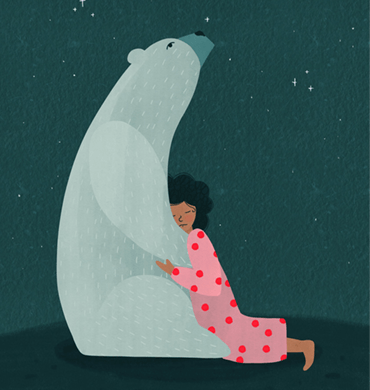 How we work
How we work
 What we do
What we do
 Meet the team
Meet the team
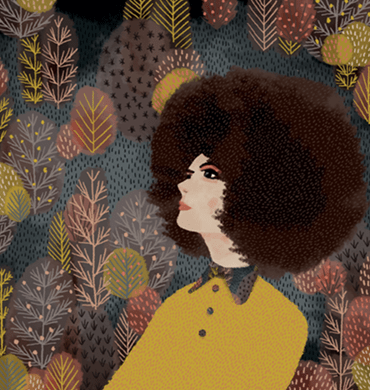 Artists
Artists
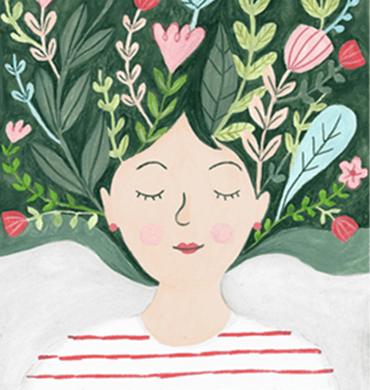 Agents
Agents
 Collections
Collections
 Submissions
Submissions
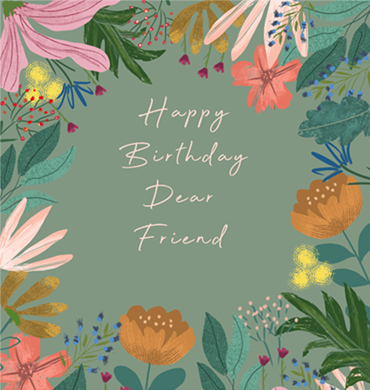 Artists
Artists
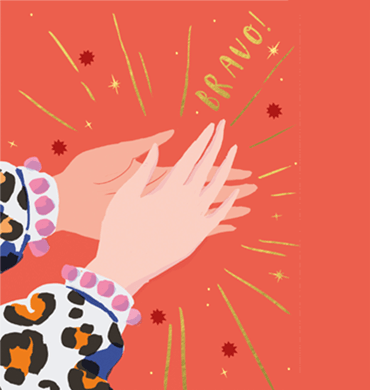 Agents
Agents
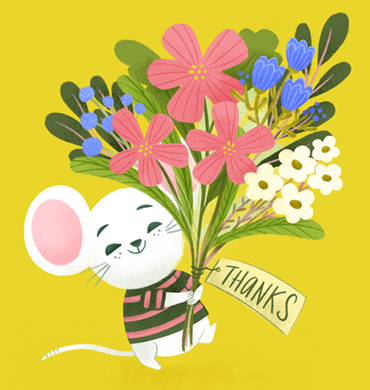 Collections
Collections
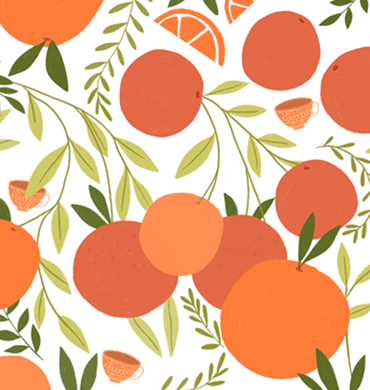 Submissions
Submissions
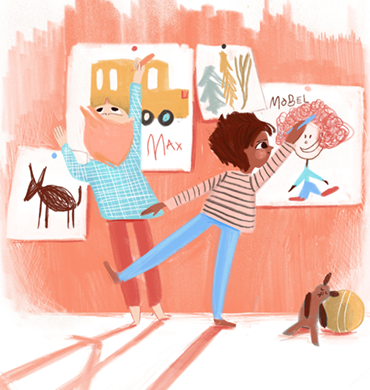 Authors
Authors
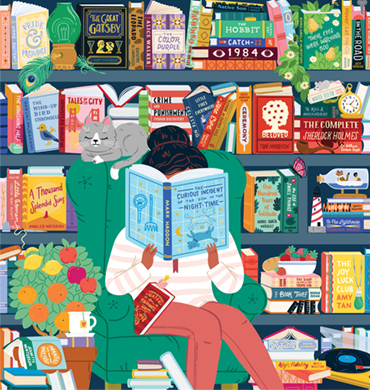 Artists
Artists
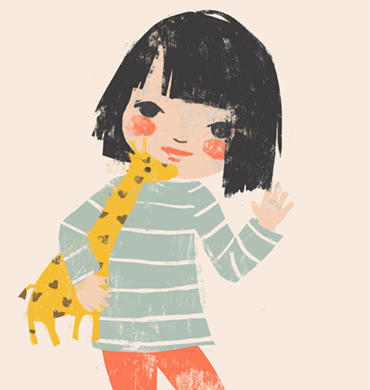 Agents
Agents
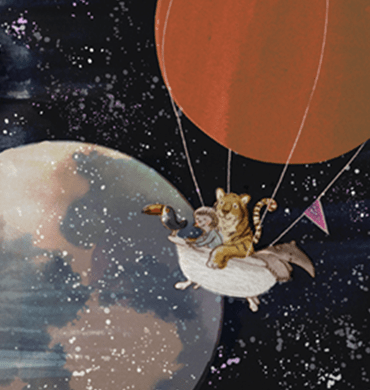 Collections
Collections
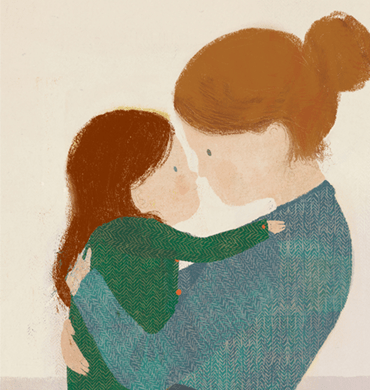 Submissions
Submissions
 Animators
Animators
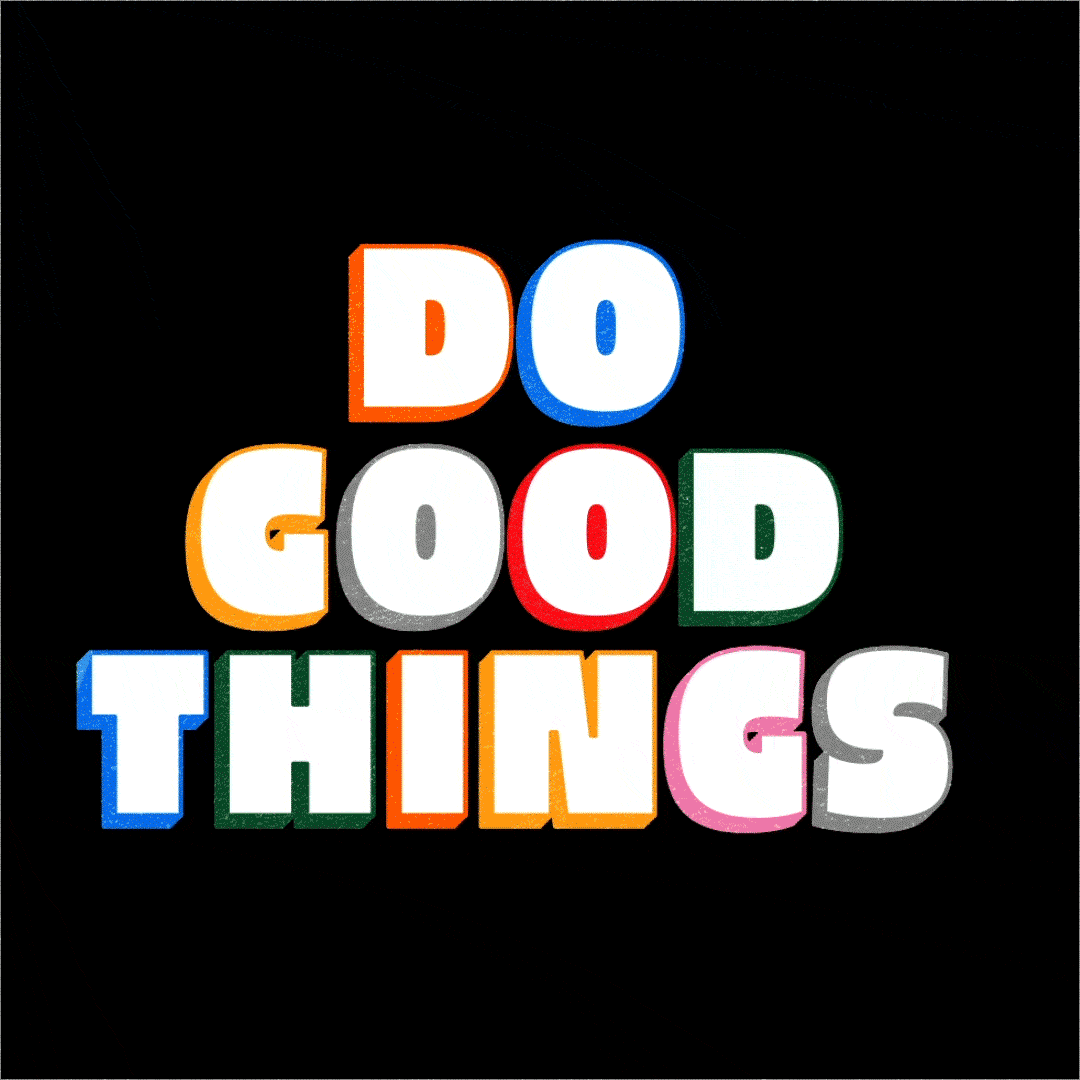 Agents
Agents
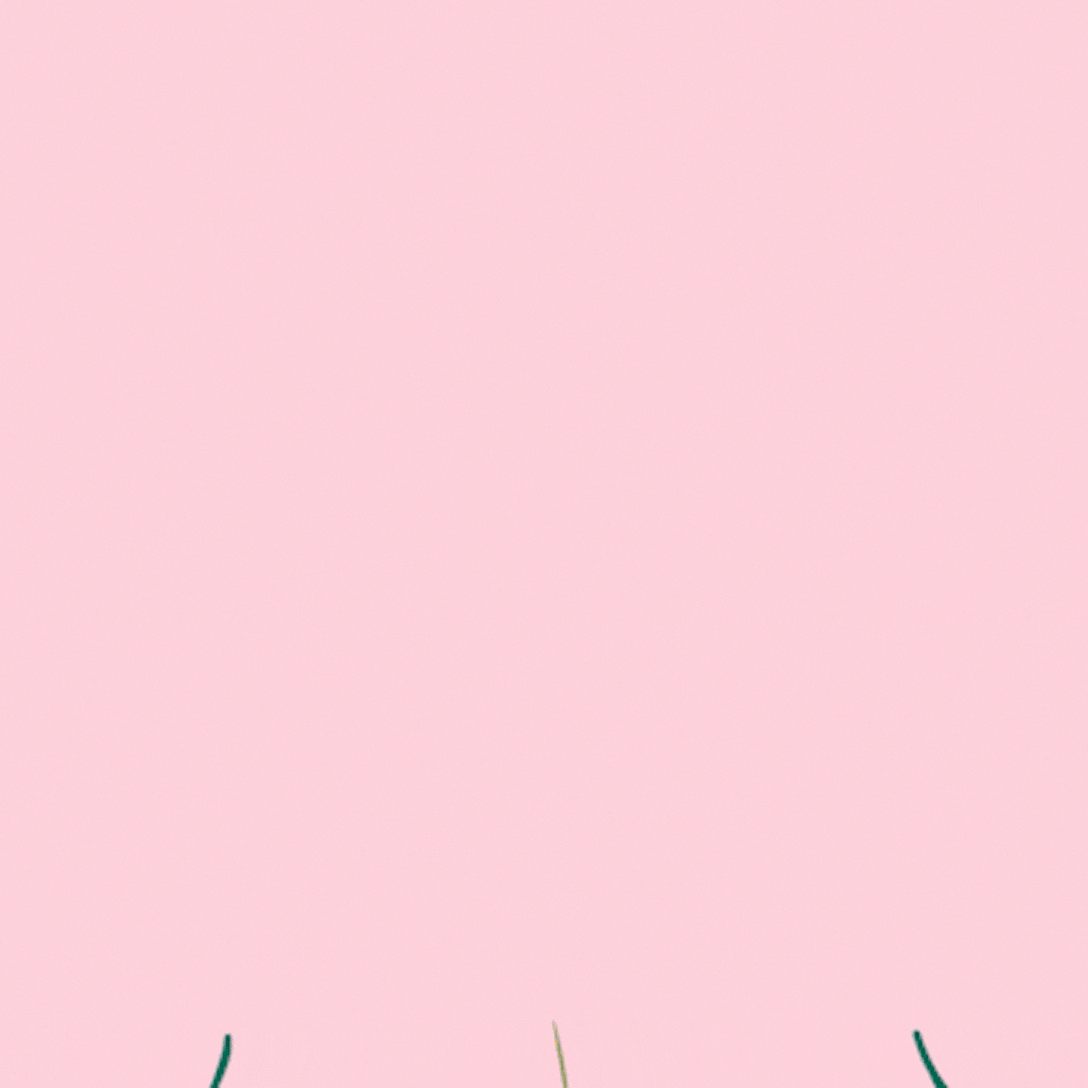 Collections
Collections
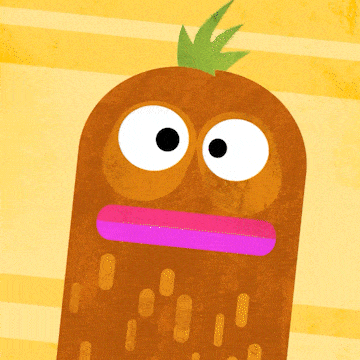 Submissions
Submissions
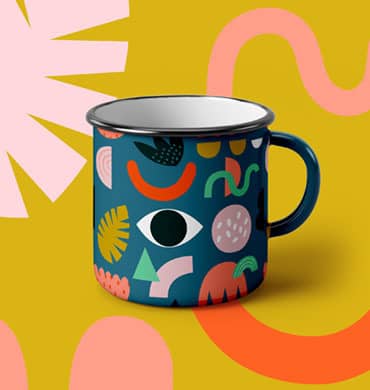 About
About
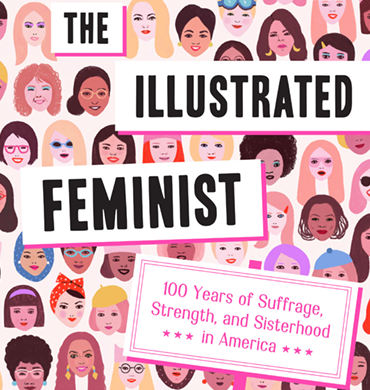 Authors
Authors
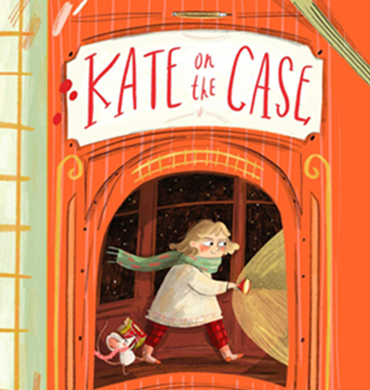 About
About
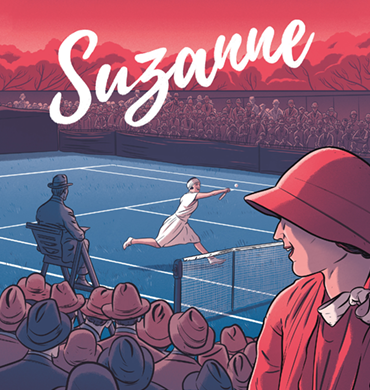 Submissions
Submissions
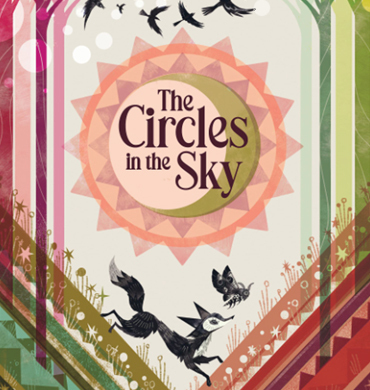 Blog
Blog